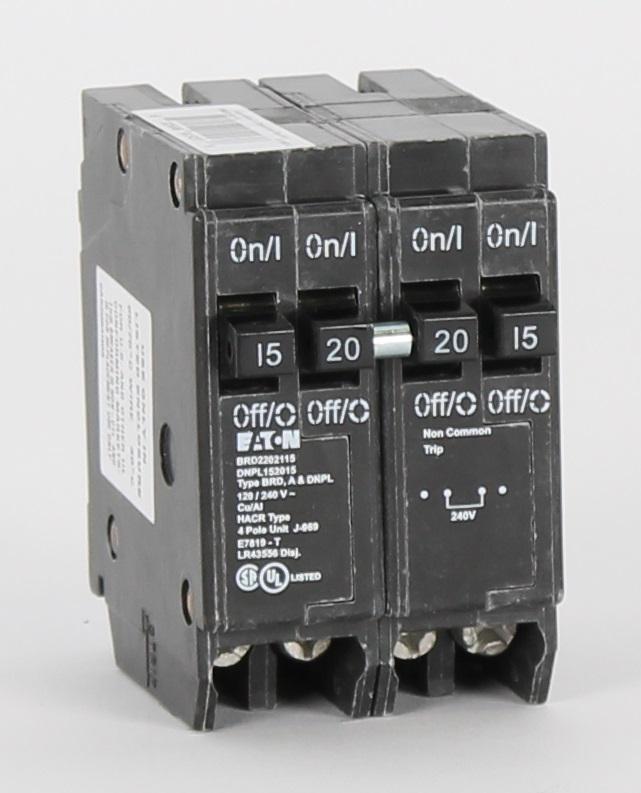I have been a happy owner of a 2016 Model 90D S for the last seven years. After 110,000 miles the car is still doing great and I have had very few issues with it. I had a 240V NEMA 14-50 socket installed in my garage as soon as I got the car and have been charging my car with the mobile charger that came with the car every night. This has been working very well for me - it is always “fully“ charged when I take it out.
I am now moving to a new home and had expected to just install another level 2 charger there, this time a hardwired one. However, I was shocked how much it will cost me to do so. Due to the layout of the house and garage combined with city ordinances for electric installations, it will cost me close to $10,000 to install a level 2 charger in the garage. The costs are due to the need to dig a 95ft trench combined with the installation of two additional sub-panels, one at the house (as there is no space in the existing one) and one in the garage (due to local city ordinances). The trenching alone will cost me $3,000.
Considering this very high cost, I am considering whether I can get by with just doing level 1 charging with the mobile charger. I also have a supercharger very close to my home and another one on my way to work. I commute about 70 miles a day, but typically only three days a week, usually Monday, Tuesdays and Thursdays. How much I drive during the weekend really varies from week to week but it would be typically not more than 100 miles. I typically charge to about 90% to avoid hurting the battery giving me a theoretical 214 miles of driving distance, although from experience I know the actual distance varies significantly dependent on temperature and driving conditions. My understanding is that level 1 charging should add about 2-4 miles per hour. This seems really slow, but my thinking is that if I am fully charged by Monday mornings and plug in whenever I am at home, I should be able to get sufficient charge to get by during a typical workweek and most weekends and I can always use the supercharger to top up when I need more.
I have been reading some threads on the forum and did read that level 1 charging is less efficient, but it is not clear to me if it is is meaningfully less efficient to justify investing $10K in a level 2 charger.
I am a bit uncomfortable going from doing what I have been doing for 7 years, charging my car every night and having a full charge every morning, to moving to trickle charging and “hoping it will be sufficient” but am also reluctant to spend that kind of money on something that I may not need. Is anyone else in a similar situation and does it work for you? Is is bad for the battery to charge continuously on a level 1 charger whenever I am home? Are there any other alternatives or other considerations?
Thank you for any insights!
I am now moving to a new home and had expected to just install another level 2 charger there, this time a hardwired one. However, I was shocked how much it will cost me to do so. Due to the layout of the house and garage combined with city ordinances for electric installations, it will cost me close to $10,000 to install a level 2 charger in the garage. The costs are due to the need to dig a 95ft trench combined with the installation of two additional sub-panels, one at the house (as there is no space in the existing one) and one in the garage (due to local city ordinances). The trenching alone will cost me $3,000.
Considering this very high cost, I am considering whether I can get by with just doing level 1 charging with the mobile charger. I also have a supercharger very close to my home and another one on my way to work. I commute about 70 miles a day, but typically only three days a week, usually Monday, Tuesdays and Thursdays. How much I drive during the weekend really varies from week to week but it would be typically not more than 100 miles. I typically charge to about 90% to avoid hurting the battery giving me a theoretical 214 miles of driving distance, although from experience I know the actual distance varies significantly dependent on temperature and driving conditions. My understanding is that level 1 charging should add about 2-4 miles per hour. This seems really slow, but my thinking is that if I am fully charged by Monday mornings and plug in whenever I am at home, I should be able to get sufficient charge to get by during a typical workweek and most weekends and I can always use the supercharger to top up when I need more.
I have been reading some threads on the forum and did read that level 1 charging is less efficient, but it is not clear to me if it is is meaningfully less efficient to justify investing $10K in a level 2 charger.
I am a bit uncomfortable going from doing what I have been doing for 7 years, charging my car every night and having a full charge every morning, to moving to trickle charging and “hoping it will be sufficient” but am also reluctant to spend that kind of money on something that I may not need. Is anyone else in a similar situation and does it work for you? Is is bad for the battery to charge continuously on a level 1 charger whenever I am home? Are there any other alternatives or other considerations?
Thank you for any insights!




